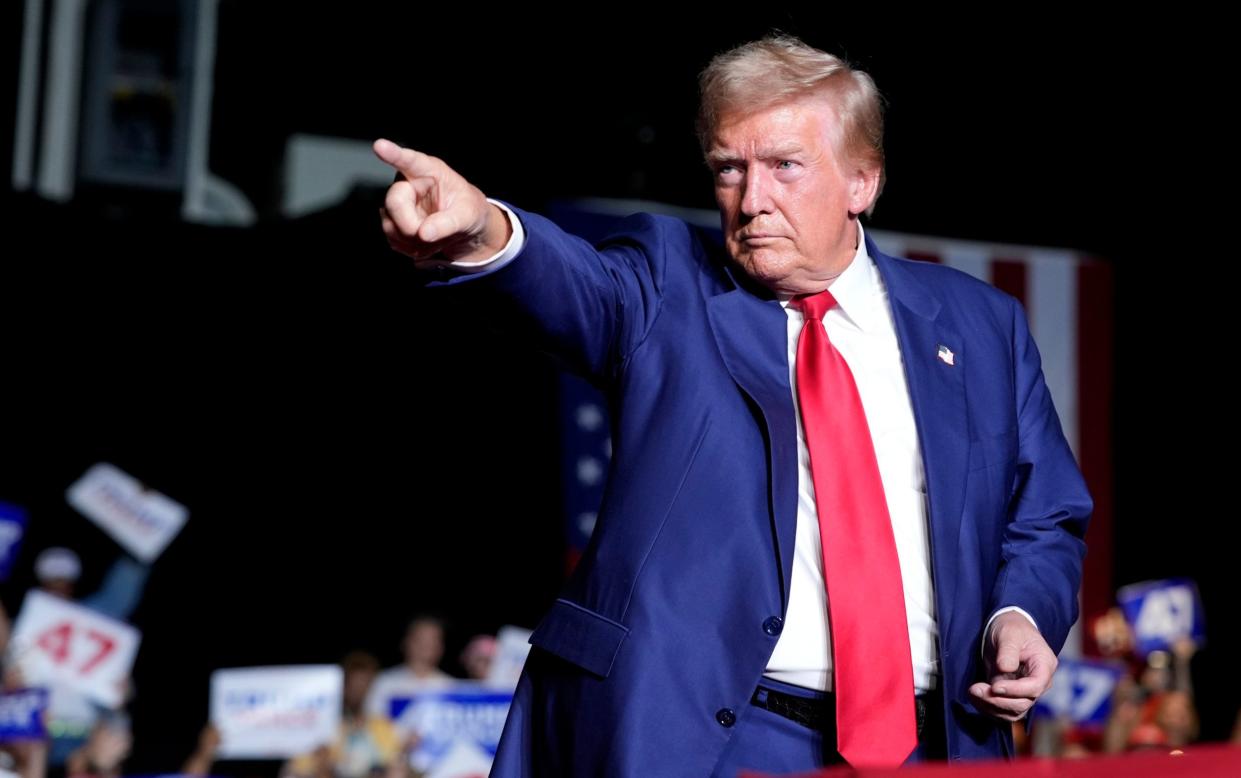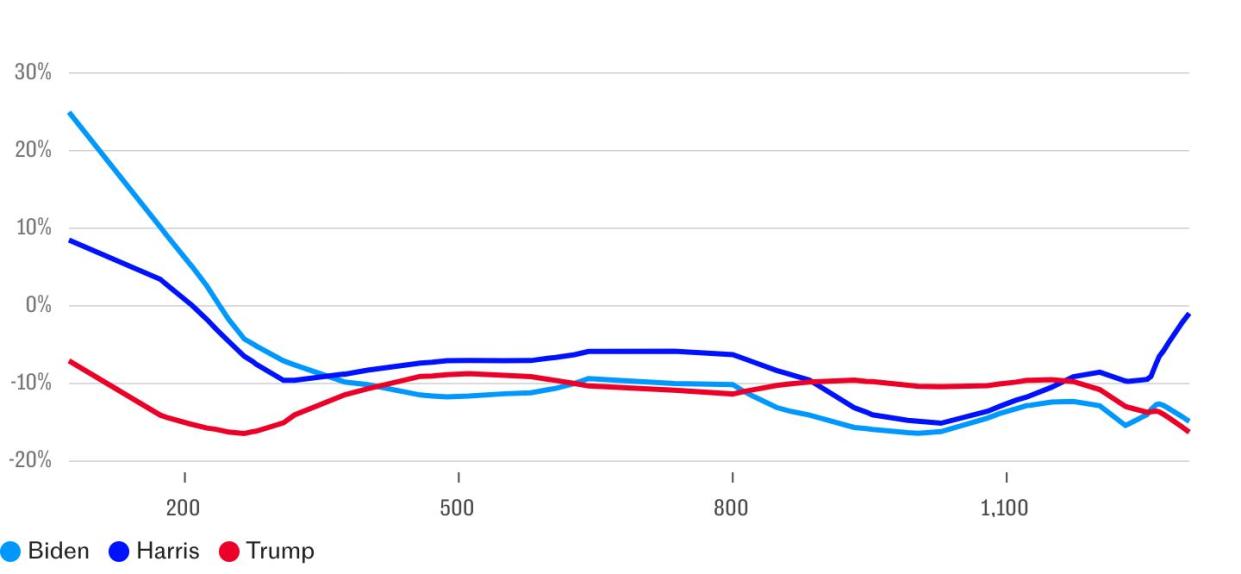Why Donald Trump’s plan to target non-voters could open the door to the White House

Click here to view this content.
The Trump campaign is targeting “non-voters” in battleground states in the hope they can secure his return to the White House.
Volunteers known as “Trump Force Captains” are being tasked with knocking on the doors of “low propensity” voters - those who do not cast a ballot every election.
The Republican nominee’s campaign is focusing on infrequent voters in the critical battleground states where just tens of thousands of votes could decide the election.
Analysts have warned that it is a risky move to funnel the campaign’s limited resources into voters who are traditionally difficult to mobilise - but it is one that could pay off in spades.
The deadline to register to vote is fast approaching, and while each state has a different cut off, many - including the key state of Pennsylvania - are in mid-October.
A recent New York Times/Siena College survey showed that while Trump held a slight lead on Kamala Harris among all likely voters polled, 48 per cent to 47 per cent, he was ahead of her by 9 percentage points, 49 per cent to 40 per cent, among those who did not vote in 2020.

Trump campaign training materials obtained by Axios show how it is prioritising contacting “hard-to-reach, low-propensity voters” who might be sympathetic to Trump but aren’t likely to vote.
The volunteers are given a list of 25 such voters and told to visit at least 10 in person.
They are incentivised by the promise of prizes ranging from expedited entry to rallies, to invitations to an exclusive party at Mar-a-Lago if they contact dozens of voters and bag the title “Trump Force Precinct Caption”.
Volunteer Rachel Gottberg, 34, said the strategy is “definitely a new focus that wasn’t the case in 2020”.
Michael Berkman, a political science professor at Pennsylvania State University, told The Telegraph that “it does seem clear from polling... that people who are less committed to voting are more likely to support Trump, so he’s relying upon a [larger] pool of lower propensity voters than she is.”
Prof Berkman said Trump often fares worse in polling because pollsters are trying to “weed people out by propensity to vote” and many of Trump’s supporters are lower propensity voters.
But, he added, while the incentive techniques for volunteers might be novel, the concept does not appear to be “particularly original”.
‘Risky’ strategy for Trump
Amy Koch, a Republican strategist, said both the campaigns have to “find every vote they can” and “when you find these like lower propensity voters, sort of independent, they maybe are a little bit more Trump-minded”.
“I think that’s a strategy that can work for Trump, but it is also risky in that it is hard and time consuming to do, for not as much return as, say, driving out your base that always votes, that always loves you.... You just have to make sure to remind them, did you vote?
“I think, in this race that is going to be razor thin close... it’s not a bad strategy, but it’s also a very risky strategy and we’re down to the last two months.”
While Trump is targeting unlikely voters, the Harris campaign is using a broader approach, largely helped by the Democratic candidate’s finances and manpower.
Ms Harris received a near $50 million boost in fundraising after Tuesday’s debate, adding to $361 million raised by the campaign and its allies in August, nearly three times as much as Trump.
The Trump campaign has said it has around 27,000 top volunteers and hundreds of thousands more in other roles in battleground states. The Harris campaign claims to have 60,000 volunteers in Pennsylvania alone, according to Axios.
“When you break down the numbers, you realise there’s 300,000 low-propensity, conservative-leaning votes in Arizona alone,” said Andrew Kolvet, a spokesman for Turning Point Action, a pro-Trump group helping to mobilise these voters.
When “you’re losing these states by 10,000 ballots or 20,000 ballots, you realise just how much potential there is if we do the work of engaging these voters beforehand,” he added.


